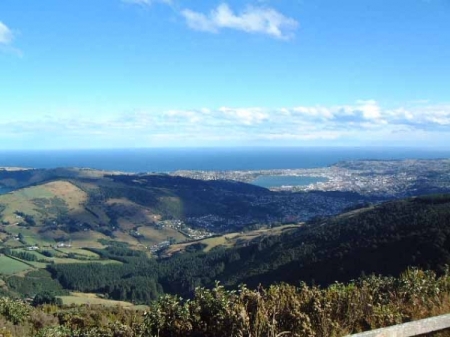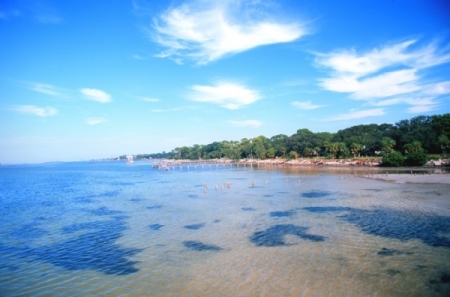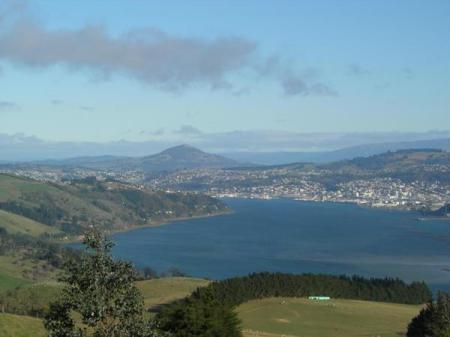Dunedin was founded in 1848 by
Scottish migrants and the city still contains many Scottish relics. A
statue to the Scottish bard Robbie Burns has pride of place in the
Octagon, the eight sided heart of the central city. Shops stocking
Scottish goods can be found and the Haggis Ceremony has regular
performances.
The orderly development of the
town was rapidly accelerated in the early 1860′s with the discovery of
gold in the Otago hinterland which sparked an influx of fortune seekers
from around the world. Dunedin quickly became the largest and most
prosperous center in the country.
The heritage from the golden years
has endured, resulting in an architectural wealth of grand and private
buildings, and a reputation as one of the best preserved Victorian and
Edwardian cities in the Southern Hemisphere.
Olveston House, featuring superb
examples of 19th century craftsmanship has regular guided tours.
Glenfalloch Gardens and historic Larnach Castle complete with
battlements and a fairytale ballroom are also both open to the public
and are situated on the Otago Peninsula.
The Otago Museum specialises in the natural history of southern New Zealand and Maori heritage. The Otago Early Settlers Museum exhibits memorabilia of the colonial days, and the Otago Public Art Gallery are all open seven days. Otago Peninsula is home to wildlife colonies of international significance. Taiaroa Head is the only place in the world where the magnificent Royal Albatross bird nests so close to civilisation. As well, there are Southern Fur Seals, shags, cormorants and the rare Yellow-Eyed Penguin which can be closely observed. Several nature tour companies offer tours to these fascinating colonies.
Other attractions in Dunedin include
the Taieri Gorge Railway Excursion, New Zealand’s oldest Botanic Gardens
and tours of the Speights Brewery.
Fifty minutes north of Dunedin are
the Moeraki Boulders. These unique, intriguing boulders are best seen at
low tide by a short stroll down the beach. Weighing up to 4 tons and
approximately 4 million years old, they were formed on an ancient seabed
through a complicated chemical reaction.







0 comments:
Đăng nhận xét